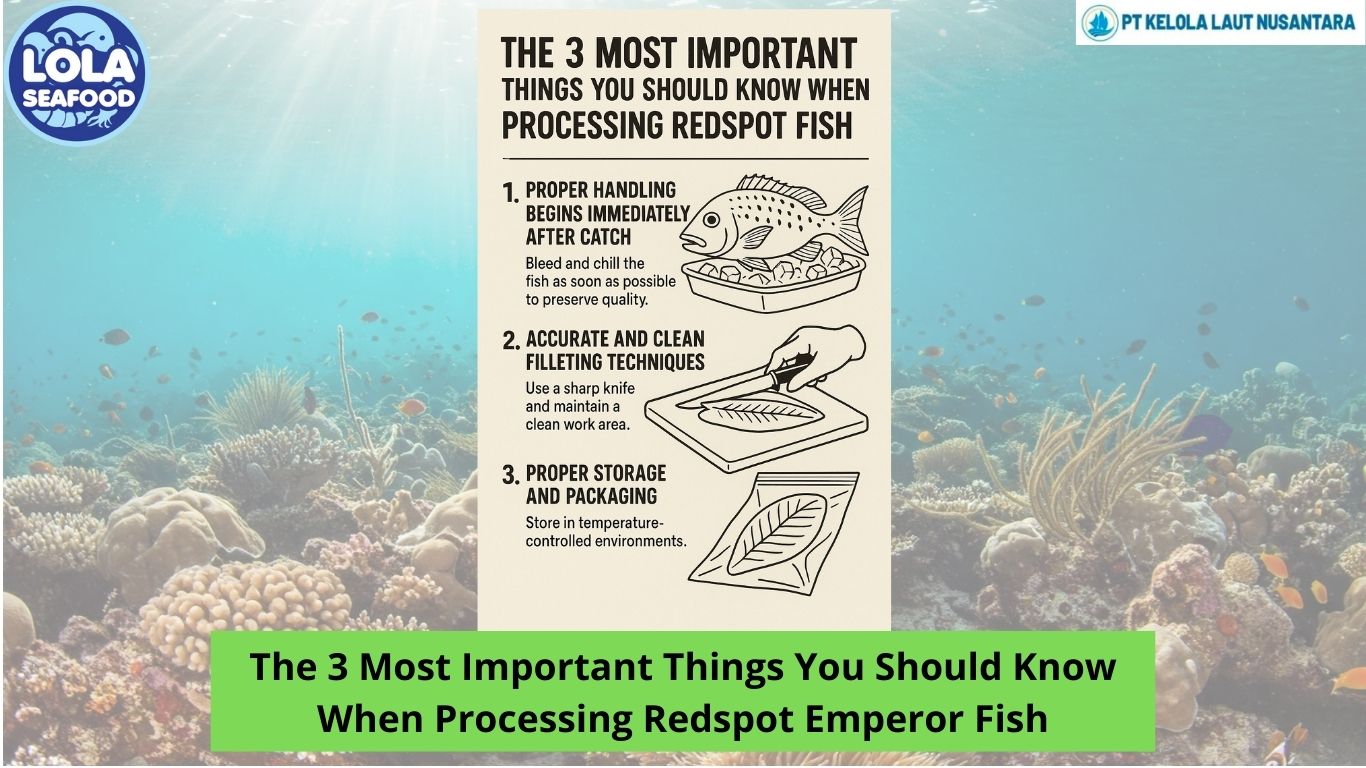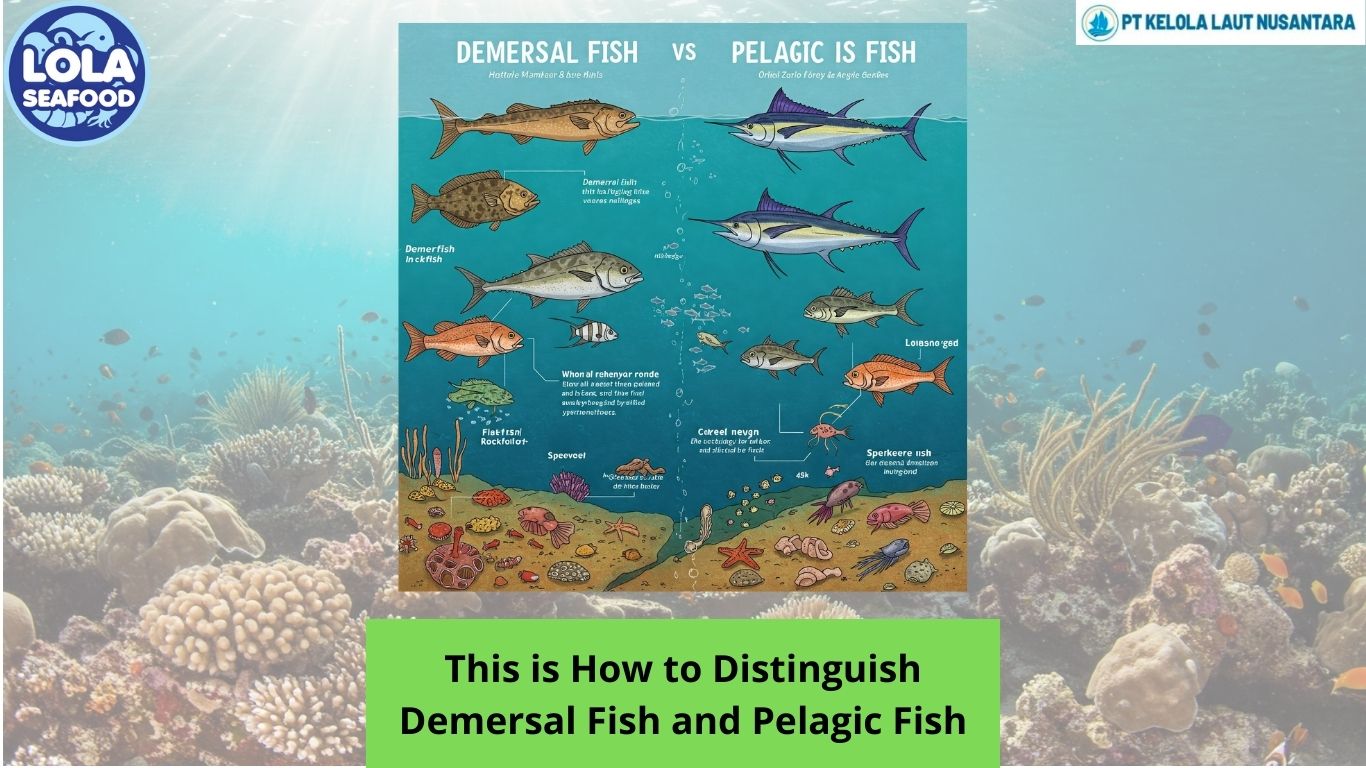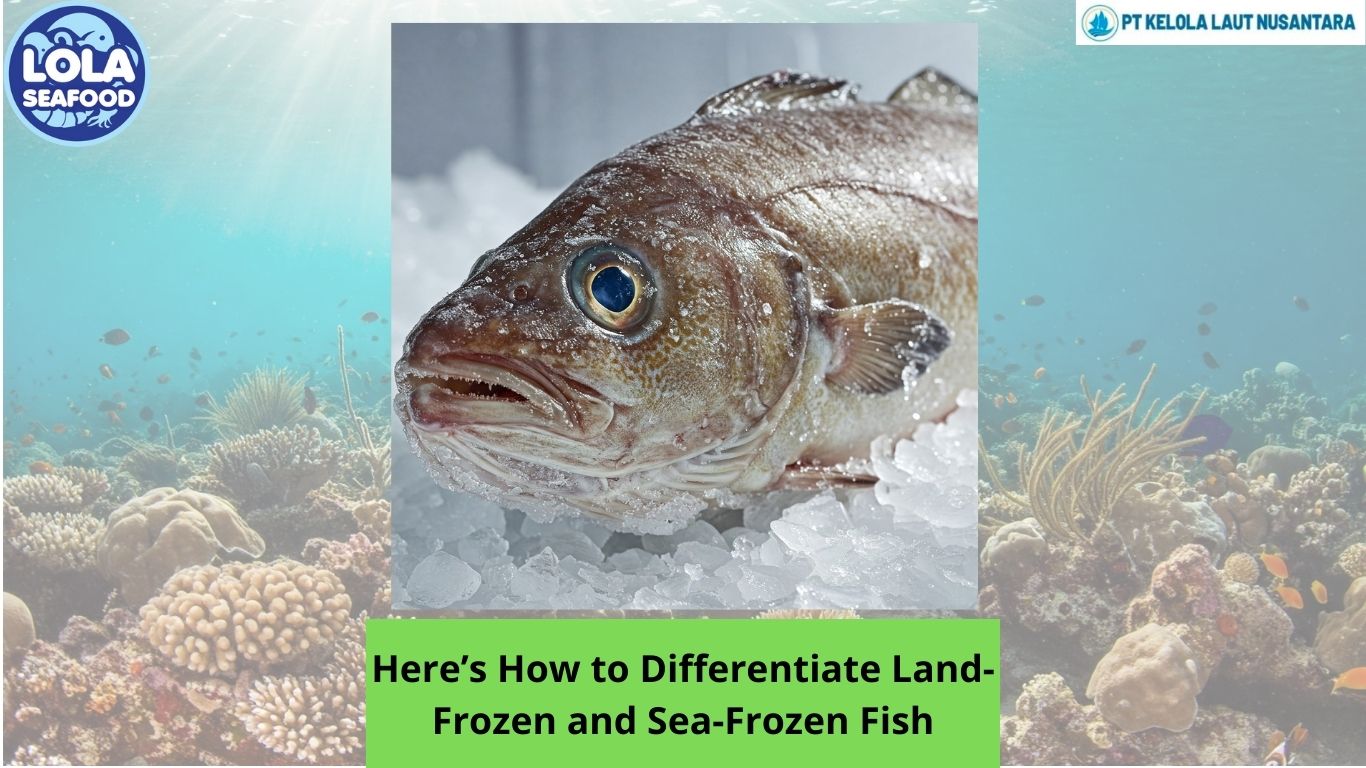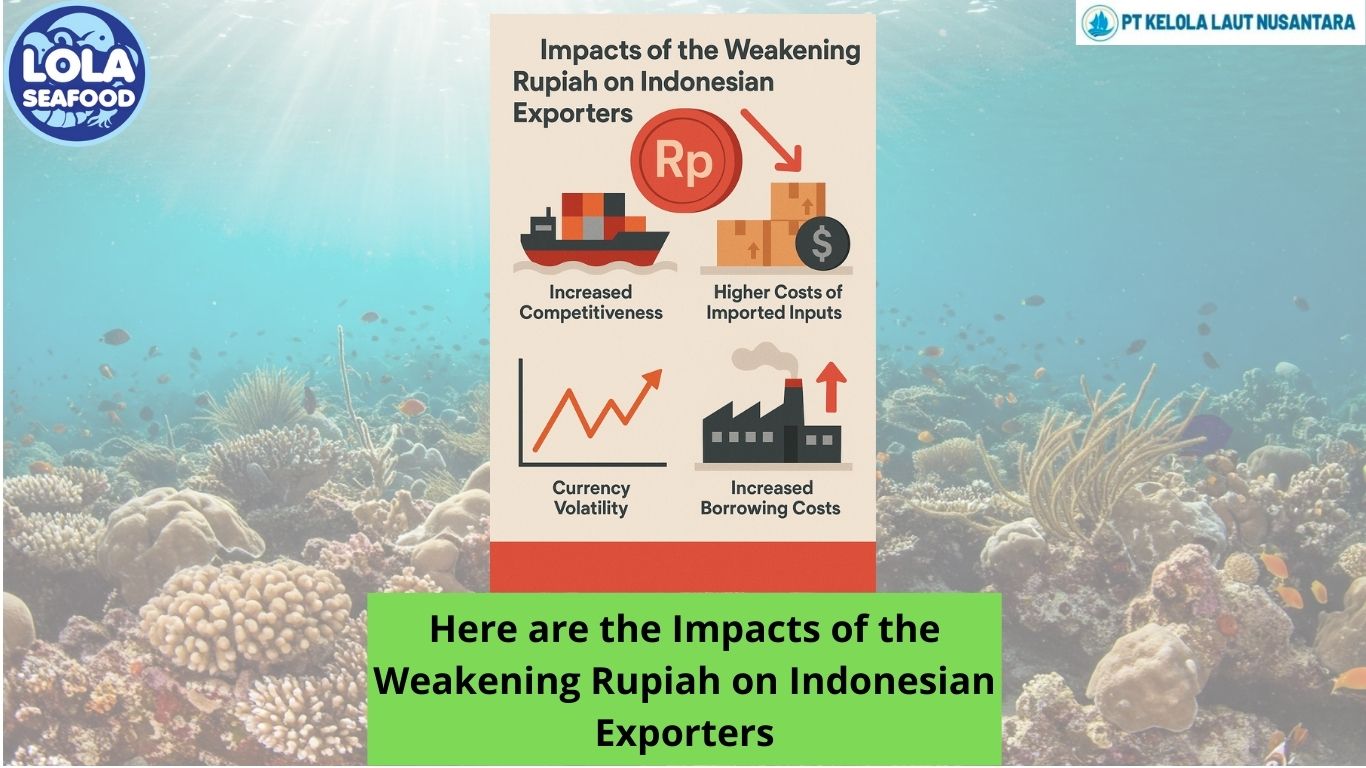HACCP DECISION TREE
By. Najih - 06 Apr 2023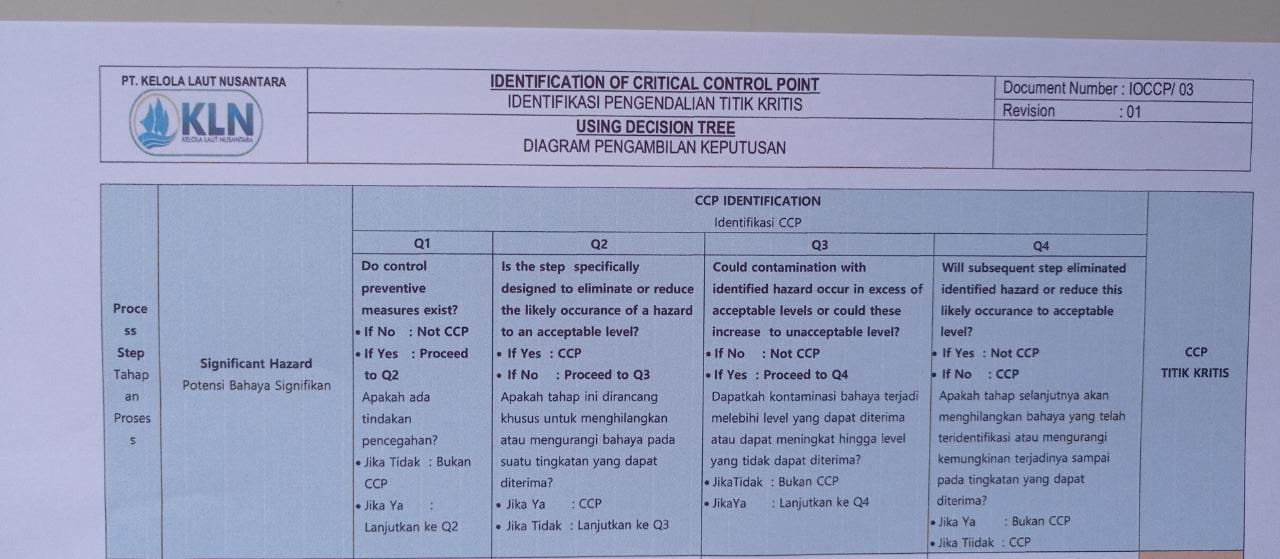
kelolalaut.com - The HACCP system ultimate objective is to identify specific food safety hazard which have the potential to cause illness, injury or death. Food safety hazards are categorized as biological, chemical and physical hazards. The focus of control is either by preventing, eliminating or reducing the effects of these food safety hazards to an acceptable level for ensuing food is produced in a safe and suitable manner. A critical control point / CCP is defined as a step at which control can be applied and is essential to prevent or eliminate a food safety hazard or reduce it to an acceptable level. One strategy to facilitate the identification of each CCP is the use of a CCP decision tree.
The HACCP decision tree, which is typically produced as a flow chart, is a tool used to analyze hazards of critical control points. CCP decision tree is a sequence of questions to assist in determining whether a control point is a CCP. A decision tree is used when logical reasoning for the establishment of a CCP is required. The questions can serve as justification for your decision and can address more than one hazard in the process.
Sample question of a decision tree to identify CCP as below :
Question 1: Do control preventative measure(s) exit? If yes, go to Question 2. If no, is control at this step necessary for safety? If yes, modify step, process, or product. If not, not a CCP. Stop and proceed to the next identified hazard in the described process.
Question 2: Is the step specifically designed to eliminate or reduce the likely occurrence of a hazard to an acceptable level? If yes, it’s a Critical Control Point. If no, go to Question 3.
Question 3: Could contamination with identified hazards occur in excess of acceptable level(s) or could these increases to unacceptable levels? If yes, go to Question 4. If not, not a CCP. Stop and proceed to the next identified hazard in the described process.
Question 4: Will a subsequent step eliminate identified hazard(s) or reduce likely occurrence to an acceptable level? If yes, it’s not a CCP. Stop and proceed to the next identified hazard in the described process. If not, it’s a Critical Control Point.
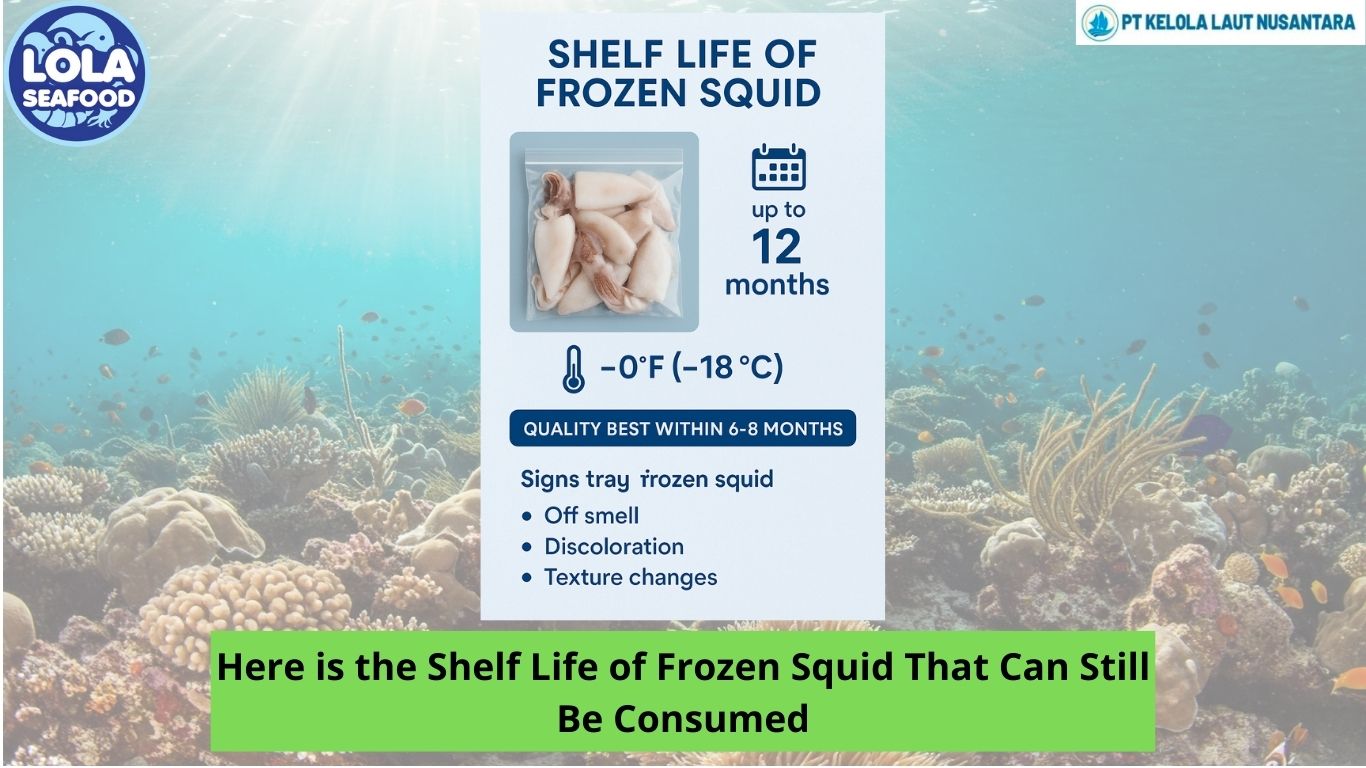
.jpg)
.jpg)
.jpg)
